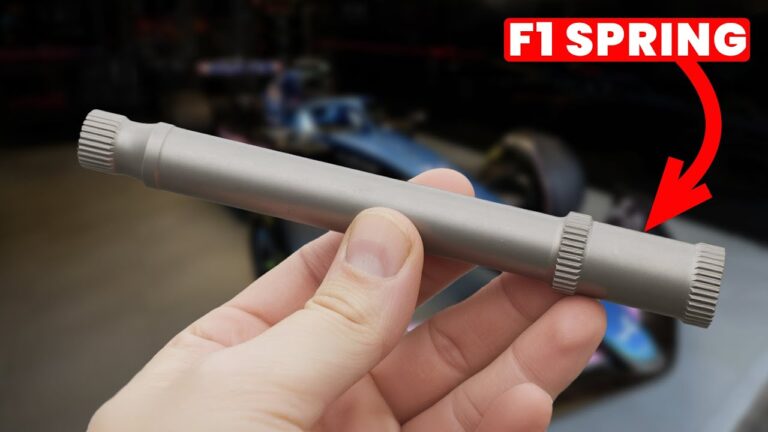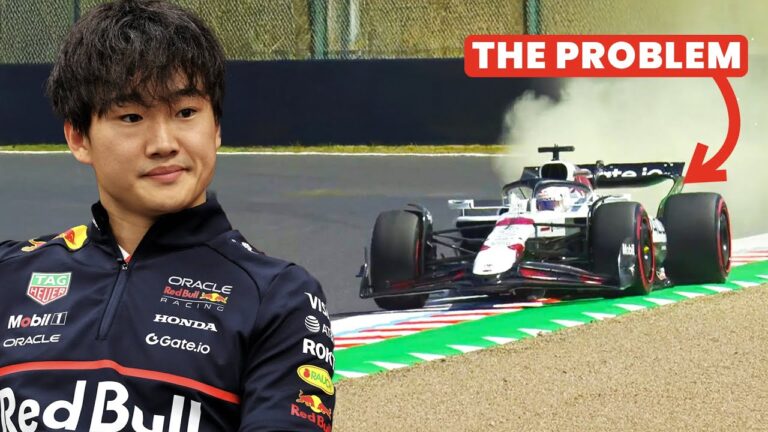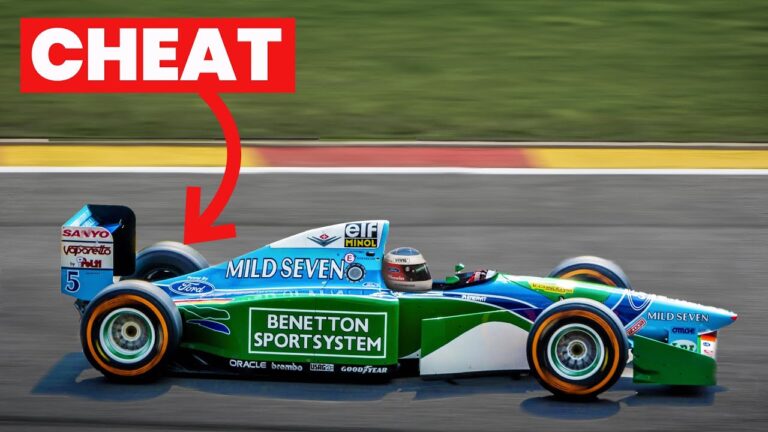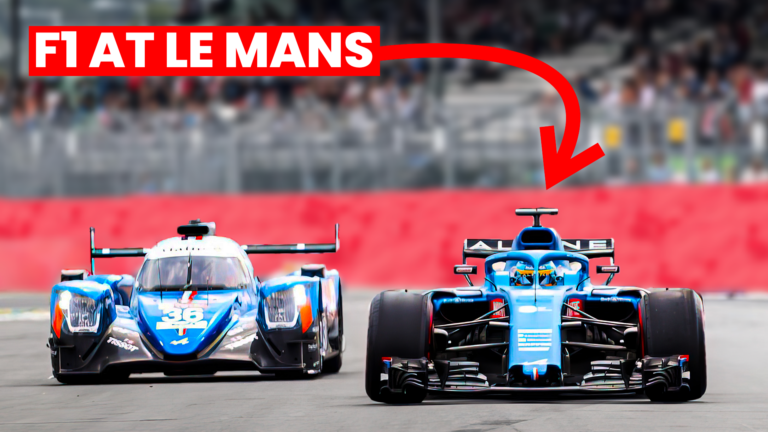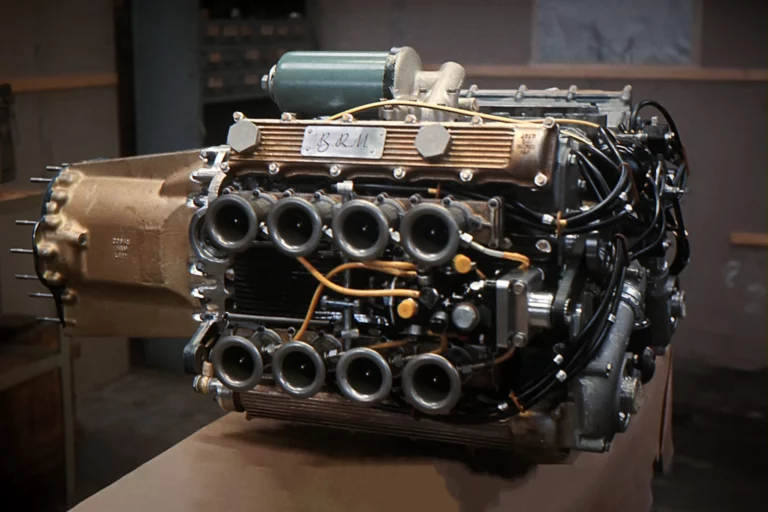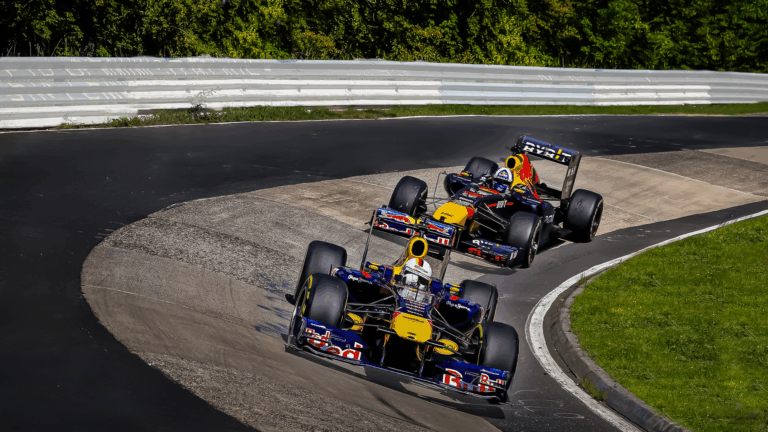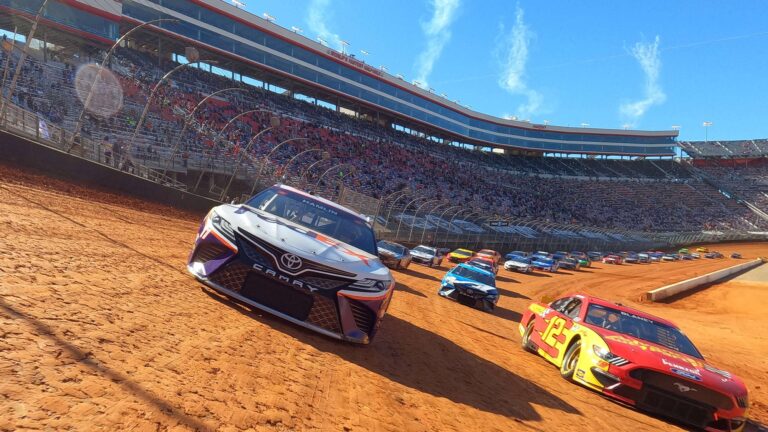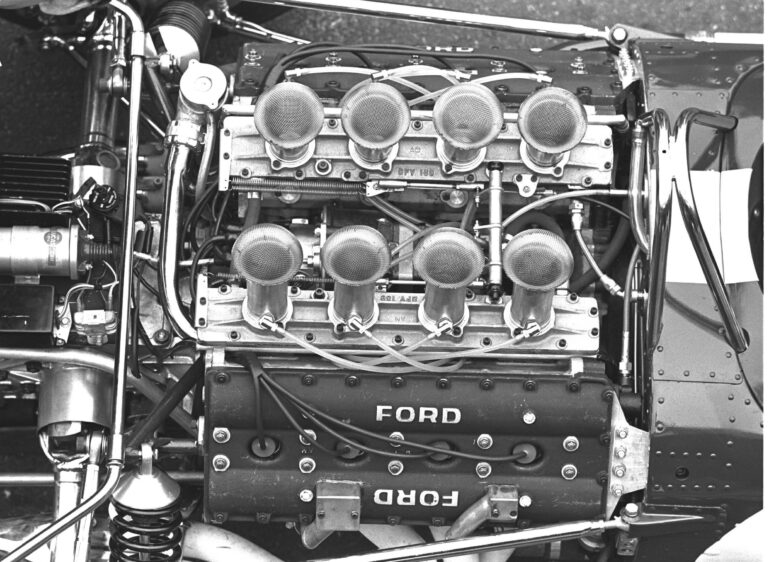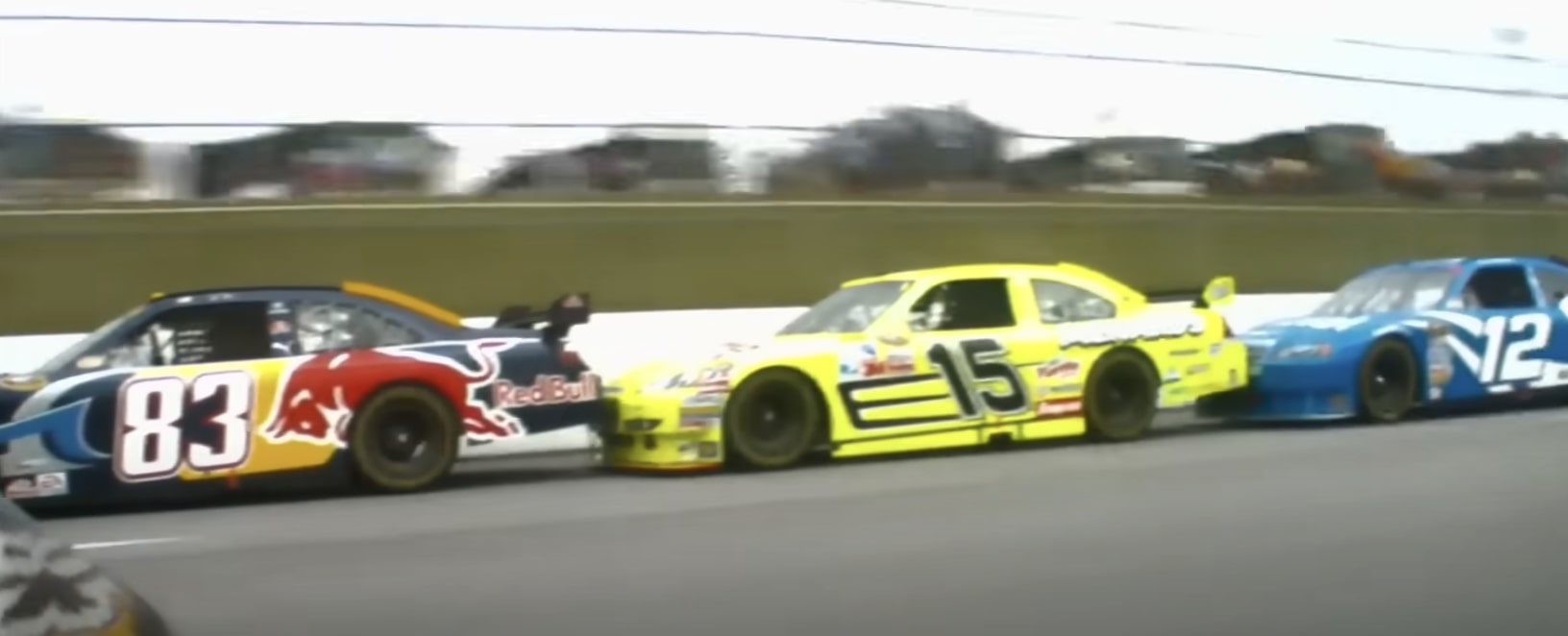
NASCAR is synonymous with high-speed oval racing, roaring V8s, and dramatic close finishes. But in 2023, the sport stepped out of its comfort zone in a big way—sending a modified stock car to compete in the prestigious 24 Hours of Le Mans.
This groundbreaking entry not only challenged expectations but also proved a point: NASCAR cars can excel beyond their traditional domain.

How Did a Stock Car End Up at Le Mans?
The idea seemed audacious—a NASCAR stock car competing against the world’s best GTs and prototypes. Organized under the “Garage 56” program, which allows experimental entries, NASCAR collaborated with Hendrick Motorsports to develop a next-gen Camaro ZL1 for the event. The team set out to adapt the car for Le Mans’ unique demands, showcasing technological innovation and bridging the gap between NASCAR and global endurance racing.
Adapting the Camaro for Le Mans
To compete, the Camaro required extensive modifications. Here’s what changed:
- Engine Performance:
Unlike NASCAR’s traditional power restrictions, the Le Mans Camaro unleashed 750 horsepower—well above the 600 horsepower typical of GTE cars. To ensure the engine could endure 5,000 miles, Hendrick Motorsports adjusted the RPM limits, prioritizing reliability over outright power. - Aerodynamics:
A new aero package added dive planes, an extended front splitter, and a massive rear spoiler to enhance downforce while retaining the stock car’s distinct look. - Weight Reduction:
The Camaro shed 220 kilograms by replacing steel components with carbon fibre and eliminating oval-specific reinforcements like bump-drafting structures. - Braking System:
The usual steel brakes were swapped for carbon-carbon brakes, essential for handling the extreme braking demands of Le Mans. - Tires:
Goodyear designed bespoke tires, addressing challenges such as high traction zones and long-duration stints. A laminated temperature sensor improved performance monitoring.
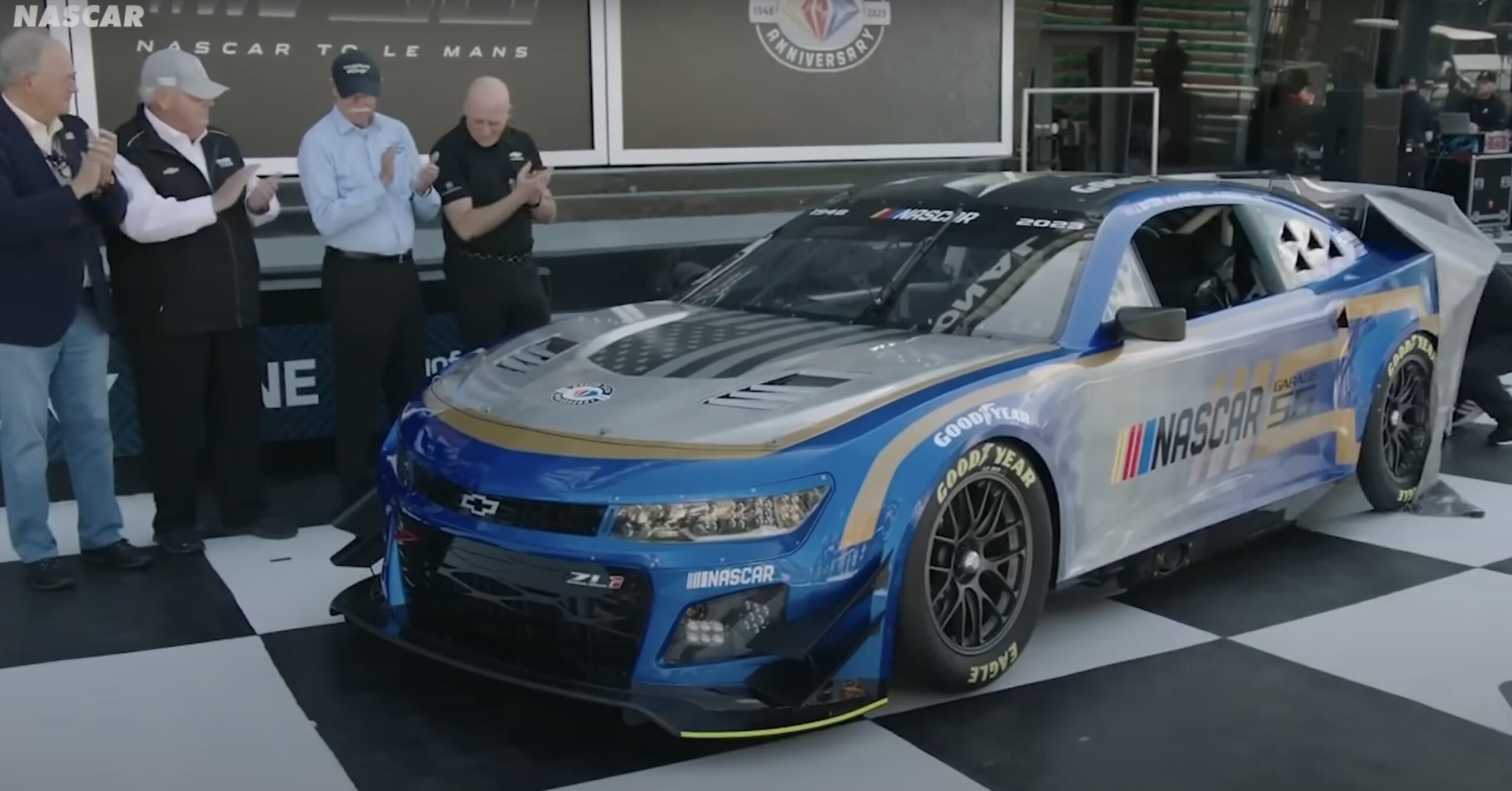
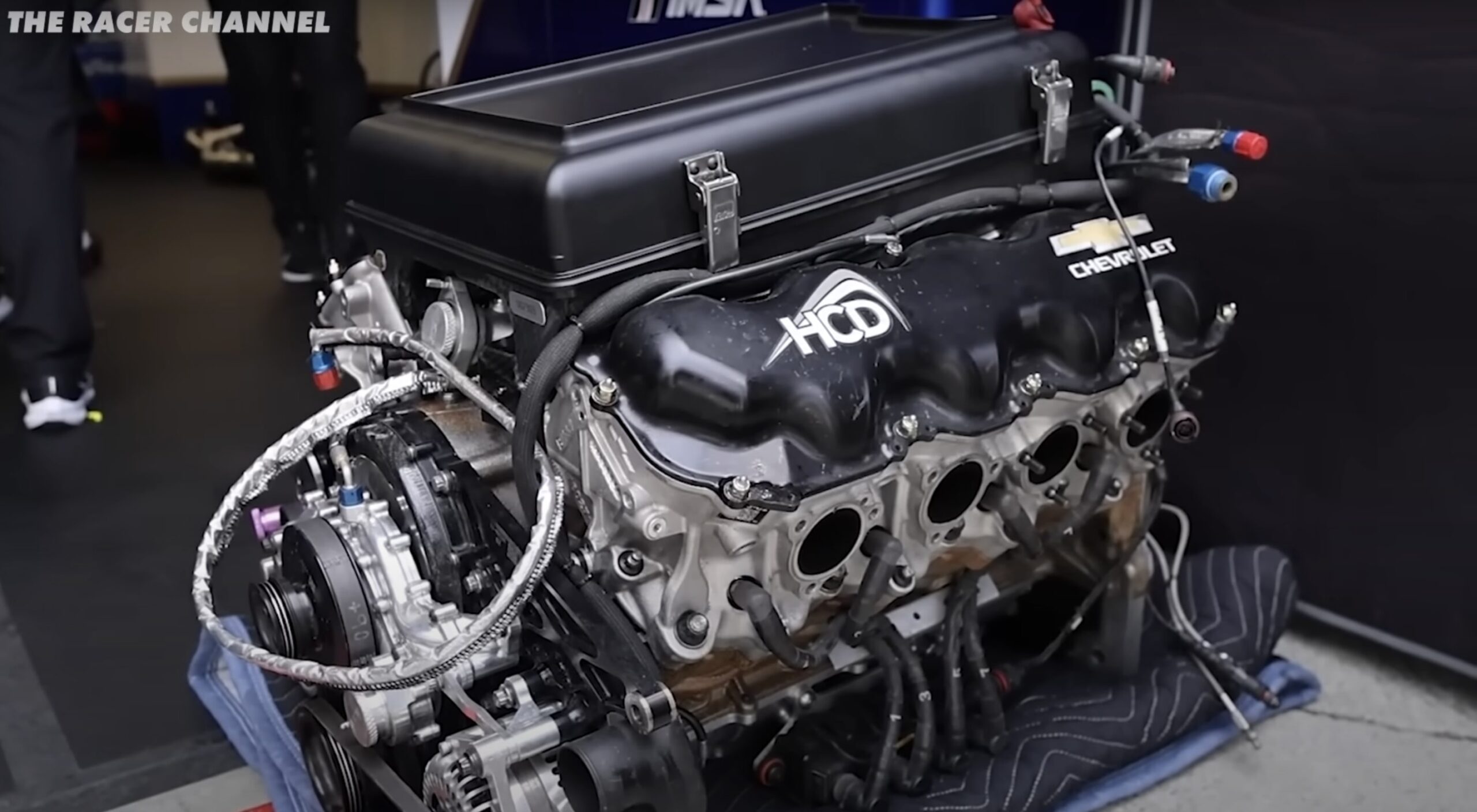
An All-Star Driver Lineup
The project assembled a stellar trio of drivers: Le Mans winner Mike Rockenfeller, NASCAR legend Jimmie Johnson, and Formula 1 champion Jenson Button. Their experience was crucial in balancing the car’s immense power with its demanding handling characteristics.

Performance on Track
Skeptics doubted the stock car could keep up, with many predicting it would become a moving chicane. However, the Camaro stunned the motorsport world. During qualifying, Jenson Button clocked an impressive lap time of 3:47.9, outpacing the entire GTE field.
In the race, the Camaro showcased blistering acceleration in traction zones and proved competitive through sweeping corners, although its braking and top-end aero efficiency lagged behind dedicated endurance racers.
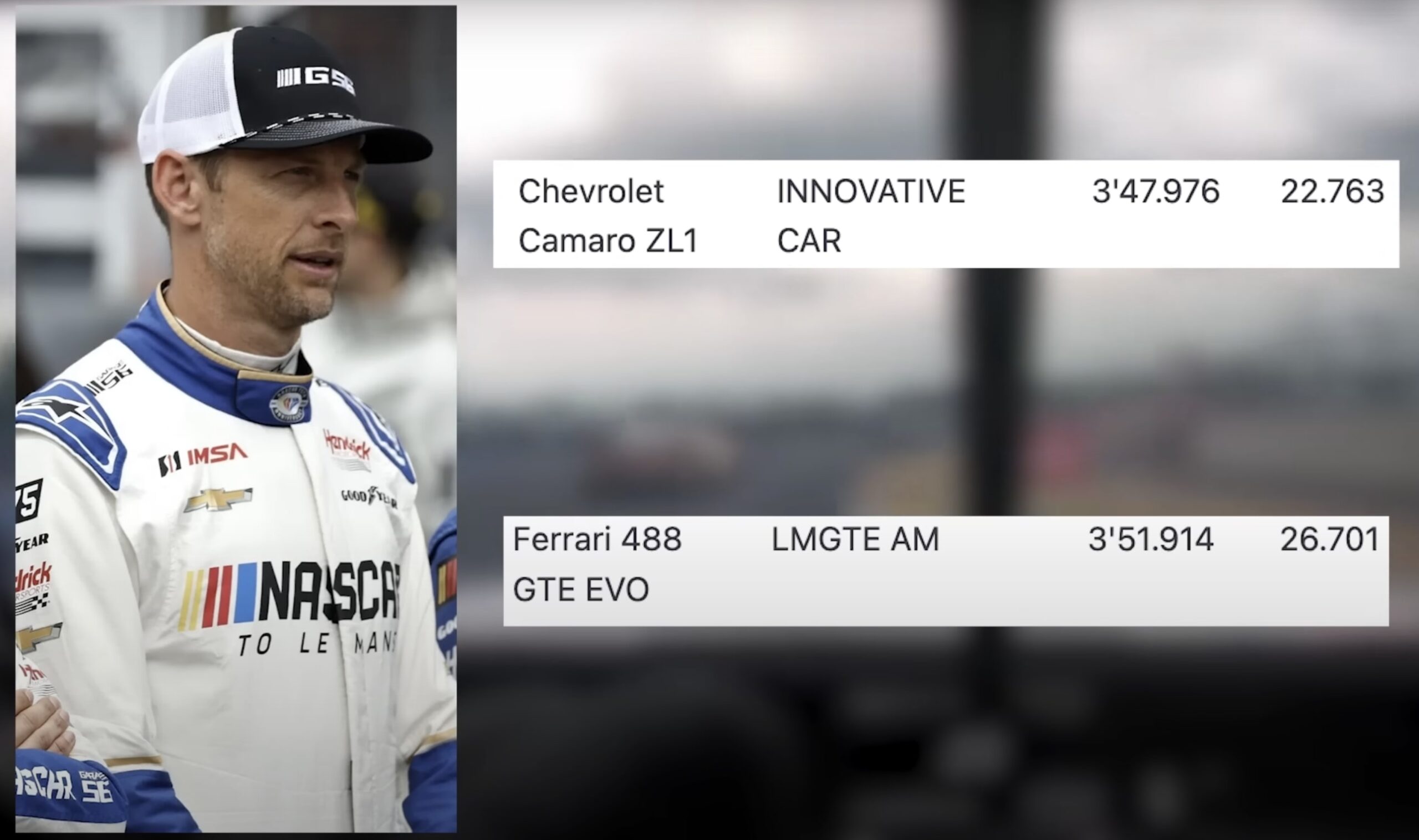
Overcoming Challenges
Le Mans is known for testing even the most advanced race cars, and the Camaro was no exception. Despite its strong pace, the team faced setbacks, including a gearbox failure that temporarily sidelined the car. Thanks to the Garage 56 rules, they were allowed to replace the gearbox, enabling the car to finish the race.
Why This Matters
The NASCAR Le Mans entry wasn’t just a publicity stunt; it demonstrated the adaptability of stock car technology and opened doors for future collaboration. Innovations tested on the Camaro, such as improved aerodynamics and tire technology, could influence the design of future NASCAR vehicles.
A Glimpse into the Future
This bold experiment bridged the gap between NASCAR’s heritage and the demands of global motorsport. By competing on one of the world’s toughest stages, NASCAR showcased its engineering capabilities and reignited interest in stock cars beyond the oval.
Whether you’re a die-hard NASCAR fan or a motorsport engineer, the Le Mans Camaro is a testament to the power of innovation and the endless possibilities of racing technology.




